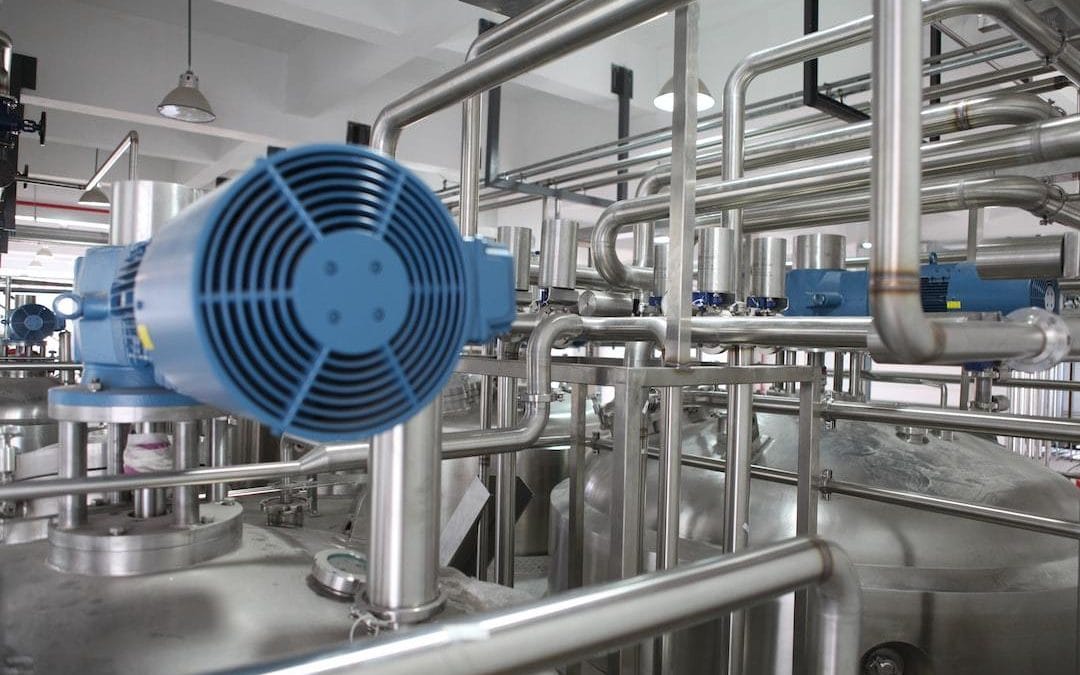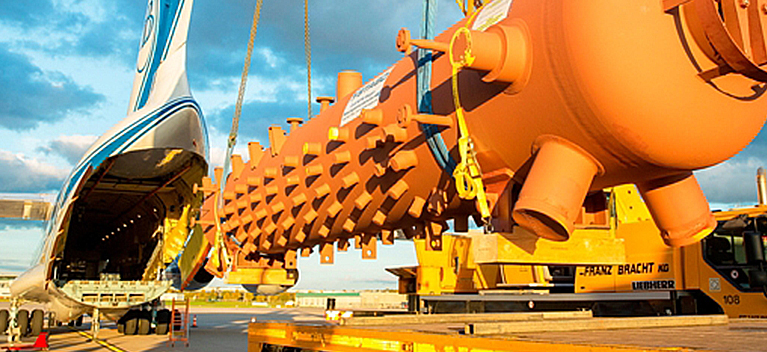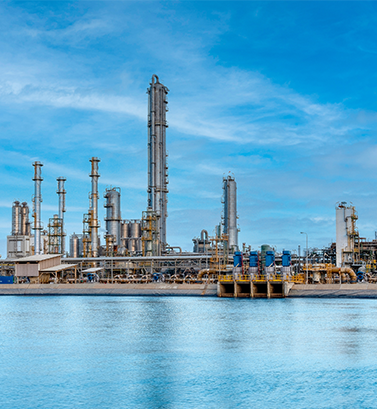The Evolution of Thermal Management
In countless industries, from manufacturing to energy production, the effective management of thermal energy is a critical component of success. The ability to efficiently transfer heat is fundamental to process control, equipment longevity, and operational safety. For years, the challenge has been to develop systems that not only perform this task flawlessly but also adapt to the ever-shrinking footprints of modern facilities. The solution emerging as a leader in this field is the compact finned tube heat exchanger, a device that represents a significant leap in thermal engineering and offers powerful compact heat exchange solutions for today's demanding environments.
Unpacking the Finned Tube Design Benefits
The core genius behind this superior heat transfer technology lies in its intelligent design. A traditional heat exchanger relies on the surface area of its tubes to transfer heat between two fluids. By adding a series of precisely engineered fins to these tubes, the effective surface area is dramatically increased without a corresponding increase in the unit's overall size. This is one of the key finned tube design benefits. This maximized surface area allows for a much faster and more efficient rate of heat transfer, enabling processes to run cooler and more consistently. Furthermore, these modern units are constructed from advanced materials that resist corrosion, ensuring a long and reliable service life even in high-performance or challenging operational conditions.
Efficiency and Versatility in Industrial Applications
The impact of these efficient heat exchangers is felt across a wide spectrum of sectors. The list of heat exchanger industrial applications is extensive and continues to grow. In large-scale industrial plants, they are vital for cooling machinery and process fluids, preventing overheating and costly downtime. In commercial and residential HVAC systems, they provide the heating and cooling necessary for comfortable environments while consuming less energy. This remarkable efficiency is not just about performance; it's about sustainability. By significantly reducing energy consumption, these heat exchangers help companies lower their carbon footprint and contribute to a greener future, making them an essential component of eco-friendly engineering.
Why Compactness is Key in Modern Engineering
Beyond raw performance, the compact nature of these devices offers a strategic advantage. In modern engineering and system design, space is often a premium resource. The ability to integrate a high-capacity heat exchanger into a tight space opens up new possibilities for product design and facility layout. The streamlined, space-efficient form factor means less material is used, and installation becomes simpler and more flexible. Many modern designs are also modular, allowing components to be tailored to very specific thermal requirements, providing a level of adaptability that was previously difficult to achieve with bulkier, more rigid systems. This combination of power and small size makes the compact finned tube heat exchanger a truly innovative tool for engineers and designers.






